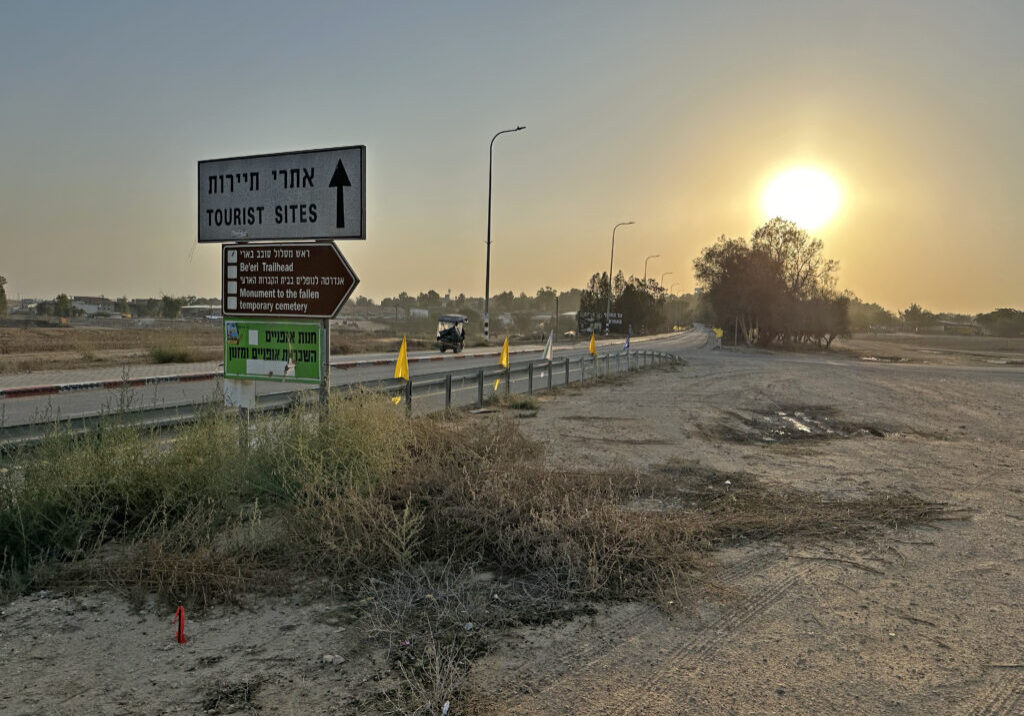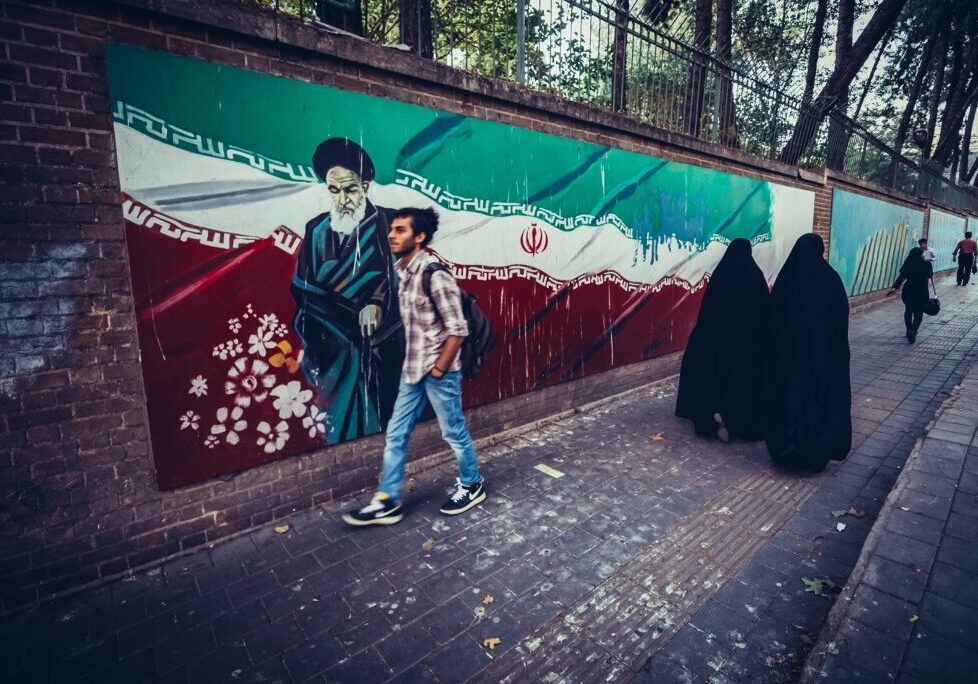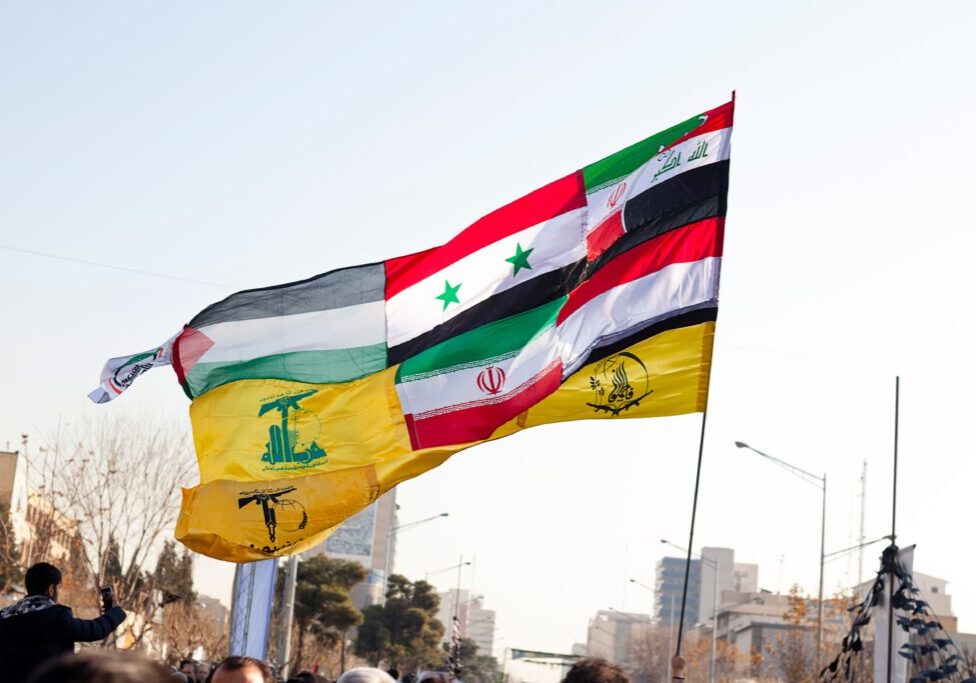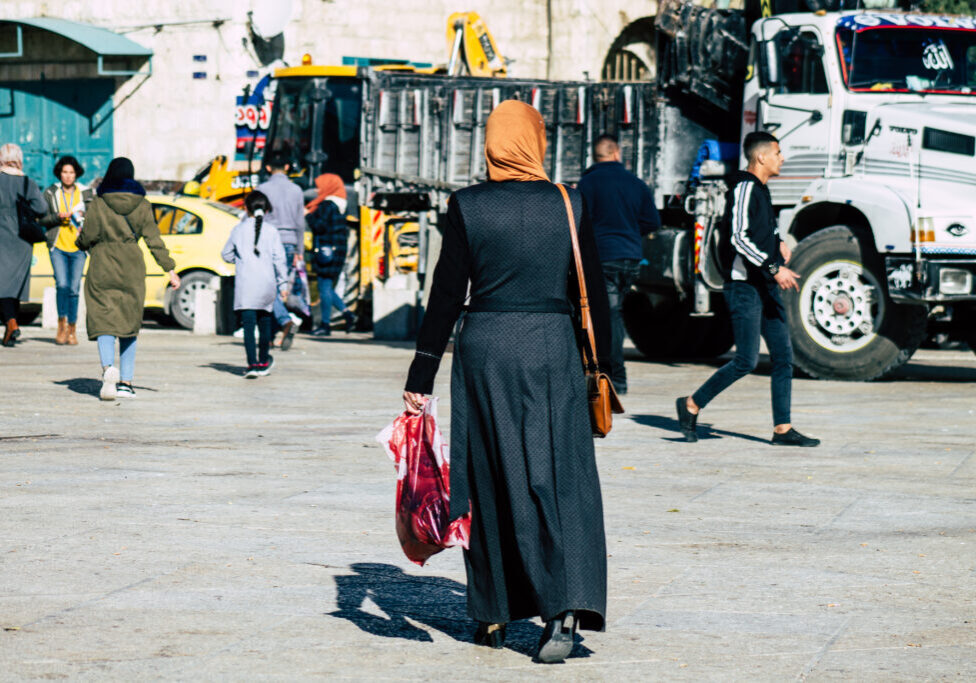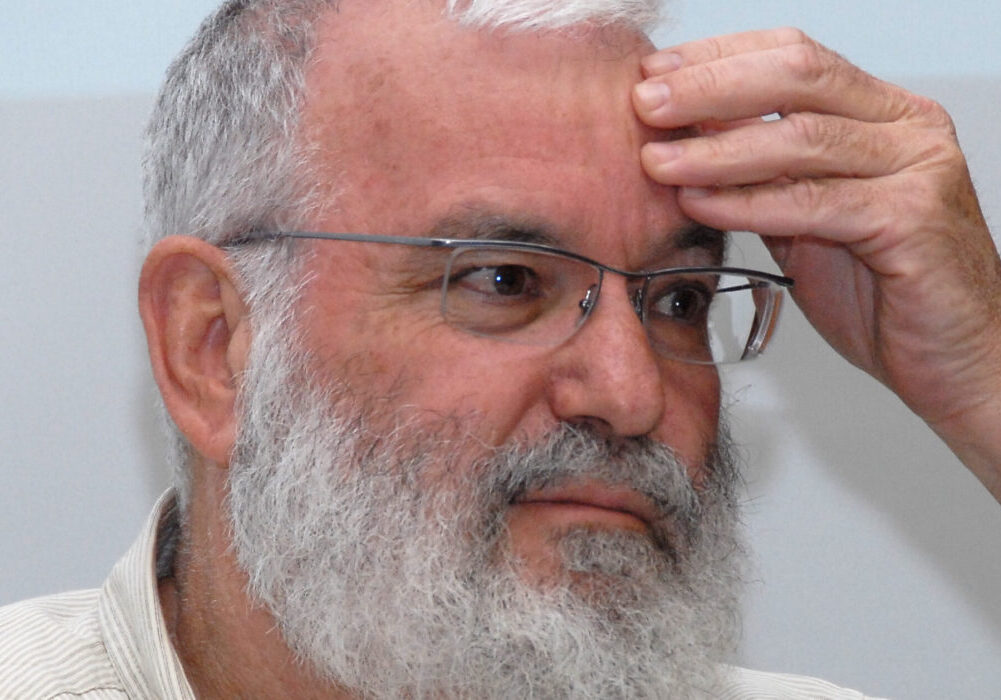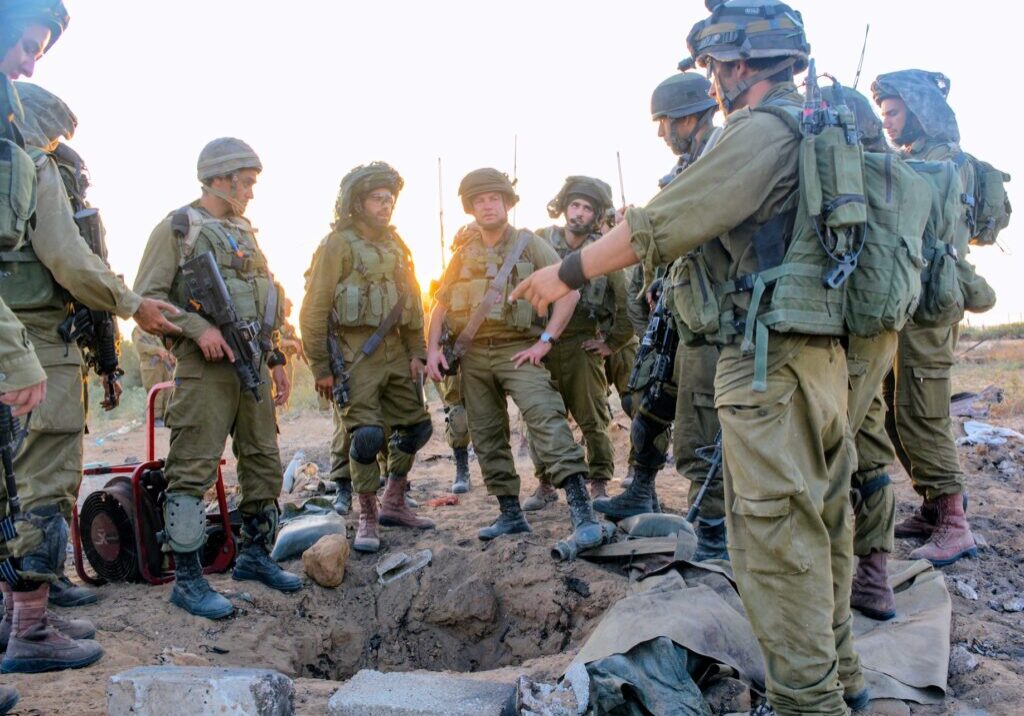Australia/Israel Review
Behind the News – June 2025
May 28, 2025 | AIJAC staff
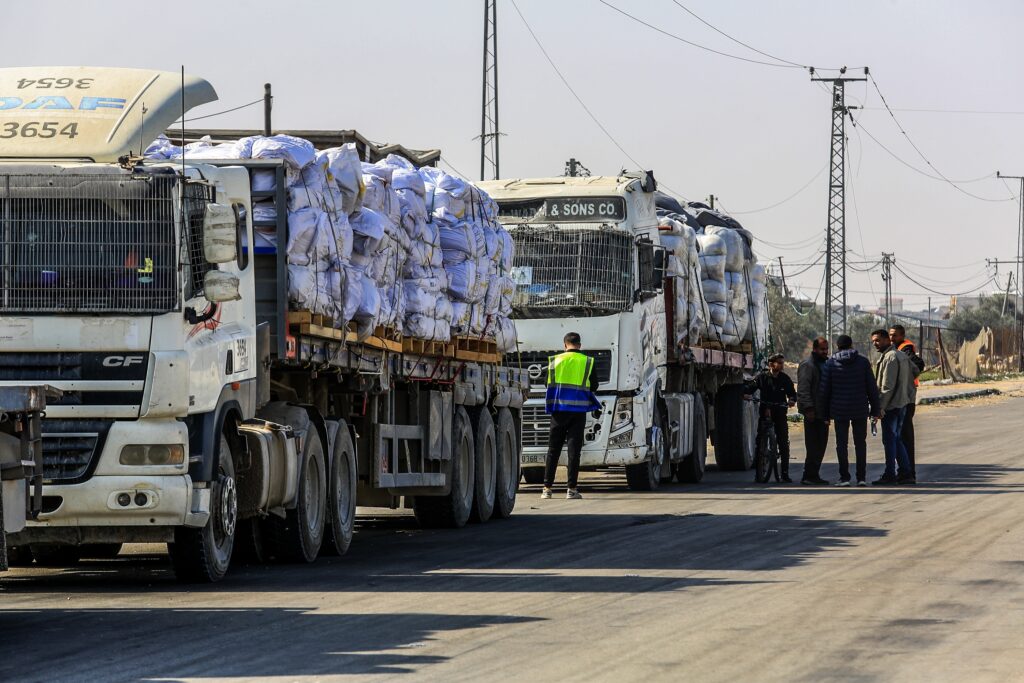
ROCKET AND TERROR REPORT
Three rockets were launched toward Israel from Gaza on May 13, two on May 18, one on May 21, three on May 22, one on May 23 and three on May 26. None caused casualties.
Renewed fighting in Gaza has seen Israel kill dozens of senior terrorist operatives and fighters, likely including the leader of Hamas, Muhammad Sinwar, in airstrikes on a tunnel system running under a Khan Younis hospital on May 13. At least nine Israeli soldiers and one police officer were killed in and around Gaza between April 24 and May 9.
On April 30, an IDF soldier was wounded in an IED attack near the town of Beita in the West Bank. On May 7, two reservist soldiers were seriously wounded in a shooting at the Reihan Crossing. On May 14, Tzeela Gez, a pregnant 30-year-old mother of three, was killed in a shooting in the West Bank en route to the hospital to give birth.
IDF counterterrorism operations across the northern West Bank continue to result in dozens of senior terrorists and terrorist cells being eliminated and other suspects being detained.
US-ISRAEL AID INITIATIVE FOR GAZA
On May 8, US Middle East Envoy Steve Witkoff presented the UN Security Council with a US-Israeli initiative to distribute aid in Gaza through the ‘Gaza Humanitarian Foundation’, (GHF) – bypassing Hamas to provide aid via an initial four distribution hubs in the Gaza Strip. Israel intends to arrange for Gaza’s civilians to relocate to safe areas around these hubs. The Foundation will reportedly utilise its own private security to facilitate aid distribution directly to Gazan families, while IDF forces secure the operation from a distance.
The GHF’s first distribution site opened on May 26, though several key details about the overall scheme remain unclear. GHF CEO Jake Wood resigned on May 26.
AID RESUMES TO GAZA
On May 19, Israel resumed facilitating the entry of humanitarian aid into Gaza. In all, 495 trucks of aid, including baby food, flour, other food and medical supplies and equipment entered Gaza between May 19 and May 25. Israel reportedly intends to continue allowing in approximately 100 trucks per day.
After initial delays in transporting the aid from the Gaza border to UN distribution hubs, the aid was distributed to bakers, medical facilities and soup kitchens. The UN initially claimed that the route from the border offered by the IDF was unsafe, and that it feared looting.
After preventing aid from entering Gaza since early March, the change in Israeli policy comes as Israel rolls out its three-stage “Gideon’s Chariots” war plan, and after the IDF and Israeli Government conceded that Gazan food warehouses were empty.
HOSTAGE EDAN ALEXANDER RELEASED
IDF soldier Edan Alexander, a 21-year-old US-Israeli citizen, was released on May 12 after 584 days in brutal Hamas captivity. Nicknamed “the American” by his captors, he was shackled in a cage, tortured during interrogations, starved and held in collapsing tunnels without daylight. His physical condition deteriorated so severely he could not walk unaided. In recent months, Hamas began feeding him more regularly, seemingly in preparation for his release. Alexander was the last known living American hostage, but the remains of four other US citizens are still being held.
NEW PA VP
Veteran Palestinian politician Hussein al-Sheikh was elected Deputy Chair of the Palestine Liberation Organisation and Vice President of the Palestinian Authority (PA) – a newly created role – on April 25. Al-Sheikh is considered a close aide to 90-year-old PA President Mahmoud Abbas. As VP, he would become interim PA President should Abbas die or retire. Until now, the interim successor to the PA President was the Speaker of the Palestinian Majlis (Parliament) and since the last Palestinian election in 2006, that position was held by Hamas official Aziz Dweik.
THE HOUTHIS, ISRAEL AND THE US
On May 6, US President Donald Trump suddenly announced the end of the bombing campaign against the Houthis which had began on March 15.
As of May 26, the Houthis had fired a total of 39 ballistic missiles and 10 drones at a near-daily frequency at Israel since March 18. Most have been intercepted or fallen short.
On May 4, a Houthi ballistic missile impacted near Ben-Gurion Airport, prompting large-scale Israeli retaliatory strikes on Hodeidah port and a cement factory. Israel also launched large strikes against Sanaa airport on May 6 and a further wave of strikes on Houthi-controlled ports on May 17.
LEBANON UPDATE
The IDF is continuing operations against Hezbollah in Lebanon, including striking a Beirut warehouse that stored Hezbollah precision missiles in late April, after warning local residents to evacuate. In early May, the IDF eliminated multiple Hezbollah members and destroyed several Hezbollah facilities using bunker-buster bombs in the Nabatieh region.
Meanwhile, Lebanon’s new Government, with the backing of the US, is now taking steps to regain control of the country’s only international airport, which had been under effective Hezbollah domination for years. Dozens of airport staff suspected of being affiliated with Hezbollah have been removed, smugglers have been arrested, flights from Iran have been suspended, and new surveillance technologies are being installed.
Meanwhile, a Lebanese committee tasked by the Government with removing weapons held by Palestinian factions in refugee camps held its first meeting on May 23.
IDF ACTIVITIES IN SYRIA
During April and May, Israel expanded its involvement in southern Syria, providing medical and security aid to the Syrian Druze population amid escalating sectarian violence. The IDF established a mobile medical facility near the Druze village of Hader and deployed soldiers to nine posts within the UN buffer zone to prevent weapons from reaching hostile groups. More than 100 Syrian Druze have reportedly been killed in attacks by Islamist supporters of Syria’s new regime.
Israel has reportedly also been holding secret talks with Syrian regime officials, mediated by the UAE, following Donald Trump’s May 14 invitation to Syria to join the Abraham Accords.
Furthermore, in talks mediated by Azerbaijan, Israel reportedly reached an in-principle agreement with Turkey on May 21 to prevent conflict between Turkish and Israeli forces in Syria, including a hotline to deal with potential flashpoints.
UK FOILS IRANIAN PLOT TO ATTACK ISRAELI EMBASSY
On May 8, UK police stormed a house and arrested four Iranians reportedly planning a terror attack against the Israeli Embassy in London. Last year, Iran was implicated in planned attacks against Israeli embassies in Sweden and Norway.
A second group of Iranians was also arrested in the UK in early May, and charged with targeting journalists working for Iran International, a media outlet critical of the regime.
Meanwhile, Iran is taking steps to bolster the defence of its atomic facilities. Analysis of satellite imagery by the US-based Institute for Science and International Security (ISIS) details how Iran is constructing a new security perimeter south of the Natanz underground uranium enrichment compound.
JORDAN BANS MUSLIM BROTHERHOOD
On April 23, Jordan’s Interior Minister Mazen Fraya announced a full ban on the Muslim Brotherhood, freezing its assets and criminalising all activities and promotion of its ideology. The previous week, Jordanian authorities had announced the arrests of 16 members for allegedly plotting attacks with homemade rockets and drones. The Brotherhood is the parent organisation of Hamas.
Stranger than Fiction
TEMPLE TANTRUM
Palestinian leaders are so determined to deny the Jewish connection to Israel that they regularly deny obvious and accepted facts. So on April 23, Palestinian Authority President Mahmoud Abbas, in a televised speech at the PLO Central Council, claimed that the Jewish temples were not in Jerusalem, but in Yemen!
Denying vast amounts of archaeological and historical evidence to the contrary – including non-Jewish ancient Roman historians – Abbas stated, “In the Noble Quran – and I believe that also in other divine books – it says that the [First and Second Jewish] Temples were in Yemen… The Jews say, ‘This is ours, that was ours…’ No. That’s not what the Quran says.” (Translation Middle East Media Research Institute)
Abbas was not the first to make this outlandish claim. Bemoaning Yasser Arafat’s failure to provide any initiative at the failed Camp David peace talks in 2000, then-US President Bill Clinton remarked that the only new idea Arafat brought to the summit was that there never was a Jewish temple on Jerusalem’s Temple Mount.
In 2003, Arafat had also claimed the temples were in Yemen, telling Israeli Arab leaders he had seen the site with his own eyes.
In 2018, Hassan Asfour, a former Palestinian official who was involved in the Oslo Accords negotiations, claimed on an al-Arabiya political affairs program that Israel had assassinated Arafat because of his belief the temples were in Yemen.
Most of Yemen is now ruled by the Houthis, who proclaim their antisemitism loudly and proudly. Their slogan is, “God is the Greatest, Death to America, Death to Israel, Curse be upon the Jews, Victory to Islam.”
We’re not sure what the Houthis make of Palestinian attempts to suggest their country is actually the site of the Jewish homeland, but it’s hard to imagine they’d be impressed.

